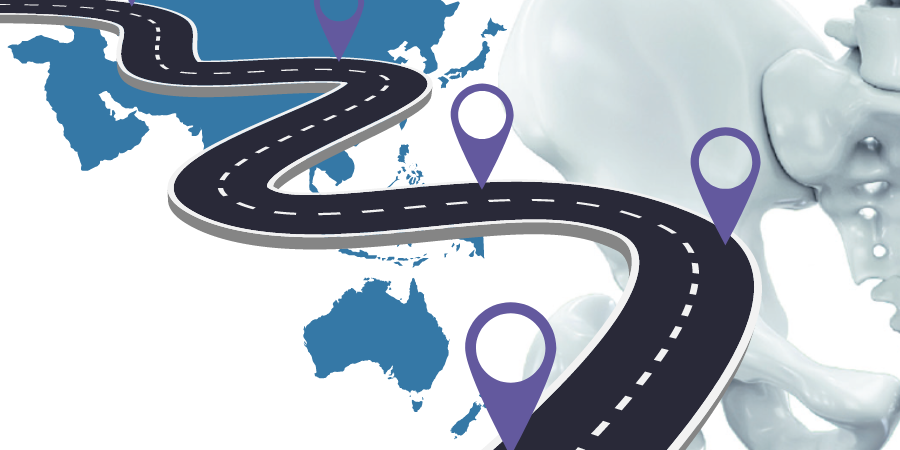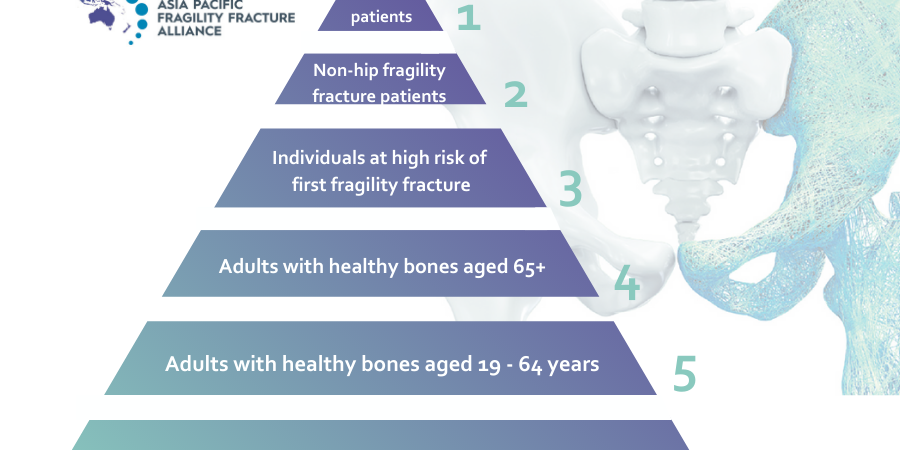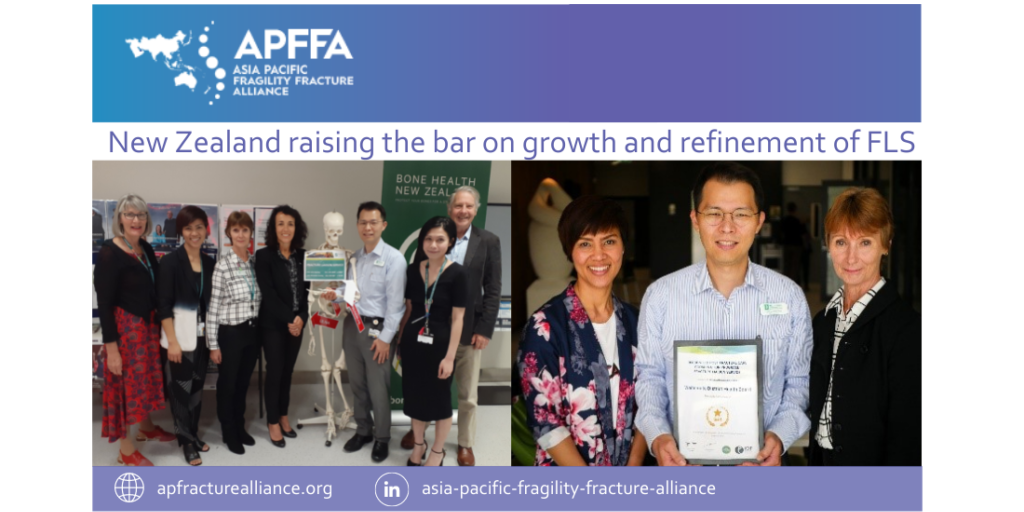IOF-NOF-ESCEO global survey findings
The COVID-19 pandemic has substantially impacted the health of the global population both directly, as a consequence of the infection itself, and indirectly, due to disruption of routine and preventative healthcare services, and in the management of chronic diseases.
Throughout the COVID-19 health crisis, many doctors and nurses have been redeployed to in-patient services to care for COVID patients, often disrupting, and in some cases, neglecting, out-patient services. It is these out-patient services where osteoporosis care predominantly takes place.
In April 2020, use of the online fracture risk assessment tool, FRAX®, was reportedly 60 per cent lower than in February of that same year, and subsequently, many patients were most likely excluded from fracture risk assessment, and ultimately, from necessary treatment and intervention.
A recent global survey performed by the International Osteoporosis Foundation (IOF), the National Osteoporosis Foundation (NOF) and the European Society for Clinical and Economic Aspects of Osteoporosis, Osteoarthritis and Musculoskeletal Diseases (ESCEO), published in Osteoporosis International, has revealed the detrimental impact of the COVID-19 pandemic on the assessment and management of osteoporosis, and its consequence, fragility fractures.
A total of 209 healthcare providers from 53 countries worldwide, participated in the survey between April to June 2020, representing a broad cross-section of healthcare professionals who manage patients at risk of osteoporosis and fragility fractures. The majority of survey respondents (85 per cent) were physicians, while seven per cent were physician assistants, two per cent were physical therapists, three per cent were nurses or nurse practitioners, and the remaining three per cent were classified as ‘other’.
The survey revealed the following disruptions to the assessment and treatment of osteoporosis worldwide:
Office, clinic and hospital closures – 21 per cent of institutions remained open to patients for face-to-face or telemedicine consultations for emergencies only; 23 per cent for non-acute or routine visits; 57 per cent for both emergency and routine appointments; and seven per cent closed for all types of patient visits.
Mode of patient contact – Three per cent of survey respondents performed telephone consultations; 21 per cent video consultations; 26 per cent face-to-face appointments; 18 per cent urgent in-person visits; while three per cent utilised other modalities (including instant messaging).
Telemedicine utilisation – More than one-in-five respondents reported over 20 telemedicine appointments per week. Survey respondents further indicated who (patient-wise) they considered for telehealth consultations – 28 per cent conducted telemedicine appointments for established patients requiring diagnostic services; 40 per cent performed telemedicine appointments for established patients requiring treatment decisions; 19 per cent assessed new patients via telemedicine; while 10 per cent chose not to perform any telemedicine consultations at all.
Osteoporosis risk assessment – The traditional gold-standard assessment of bone mineral density (BMD), dual-energy X-ray Absorptiometry (DXA) scans, has been significantly impacted by the pandemic, with only one-in-three healthcare workers able to arrange a scan as recommended, and without delay. Approximately 11 per cent of respondents assessed patients based on a clinical risk calculator, such as FRAX®, without DXA.
In light of this, the IOF and NOF are encouraging Fracture Liaison Services (FLS) to adopt a simplified model of care, to avoid delays to patient assessment and treatment while awaiting a DXA scan.
Medication supply – Almost half (43 per cent) of clinicians reported difficulty arranging osteoporosis medications, attributing such to limited supply, delay in administering parenteral agents (subcutaneous injections or intravenous infusions) normally provided by a healthcare professional, patient reluctance to present for medication administration appointments, and travel restrictions and self-isolation requirements which rendered patients unable to attend appointments.
Patient follow-up – The time taken to follow-up patients was reported as ‘greater’ by 39 per cent of respondents, ‘less’ by nine per cent, ‘no change’ by 45 per cent, while the remaining 7 per cent of respondents were ‘unsure’. More time was often required to provide patients with explanations or results over the phone, to respond to patient’s COVID-19 and other health related concerns, and to rearrange patient appointments.
According to IOF President, Professor Cyrus Cooper, UK, “The survey indicates that the identification and management of osteoporosis in patients has been profoundly affected by the pandemic, by delays in obtaining a DXA scan, or in providing medication.
“There is a concern that the traditional gold standard assessment and management of osteoporosis patients was not performed in the majority of cases during the pandemic, leaving many patients without assessment and treatment.”
In summary, the COVID-19 pandemic has profoundly affected the assessment, treatment and management of osteoporosis and fragility fractures. The IOF-NOF-ESCEO global survey revealed an increase in telemedicine consultations, delays in DXA scanning, interruptions to the supply of medications, and reduction in parenteral medication delivery. At worst, these disruptions will cause a rise in fracture rates, and a substantial increase in individual morbidity and societal burden.





